
Along with economic-development-driven engine shifting from traditional industries to emerging ones, and economic growth incentives from fixed-assets investment to domestic demands expansion, China’s industrialization process will transit from high-speed development to stable one. Infrastructures including traffic & transportation will be basically improved; capacity construction for production industries gradually becomes excessive; investment of real estate and metallurgical industries will slow down step by step after peak; growth rate of fixed-assets investment will slow; the GDP growth rate contributed by capital will weaken; economy led by the secondary industry will transform to that based on the third one. The executive meeting of the State Council on August 16 determined to carry out a specialized supervision & inspection nationwide for steel and coal industries’ de-overcapacity work, so as to make sure that targets and tasks of the whole year can be smoothly and strictly fulfilled in line with requirements and time points. Various authorities, such as Ministry of Industry and Information Technology, Ministry of Environmental Protection, China Banking Regulatory Commission and National Development and Reform Commission (NDRC), have issued policies on the said industrial de-capacity in recent month. Meanwhile, provinces with rich resources, including Shanxi, Hebei and Heilongjiang, have expressed their “determination” for de-capacity one by one.
China’s electricity-coal price index increased 6.14 percent month on month in July, up 4 percentage points compared to growth rate of June, according to the NDRC website. Especially, the price in northern Hebei rose 11.4 percent month on month, with 9.85 percent for the western Inner Mongolia. Additionally, coal price of Shenhua Group has been up-regulated again in August; the monthly price for steam coal of 5,500 kilocalories is 435 yuan per ton in the northern ports, such as Xiashui and Changxie, up 18 yuan per ton compared to the figure of July. Along with increasing coal production, shipping capability and coal ports’ transportation capacity, the coal price changes of Shenhua Group will have stronger impact on domestic price trend of steam coal, likely to become pricing benchmark for other domestic coal enterprises, with demonstration effect in the market.
Supply side reform process of the coal industry attracts much attention recently. The NDRC on August 16 held a press conference on macro-economic operation that China had reduced coal capacity of over 95 million tons accumulatively up to the end of July, with 38 percent of the whole-year target finished; and the figure for steel industry was over 21 million yuan, with 47 percent finished. Although the pace has been speeded up since July, it is still not good enough compared to the requirements of a half of targets being reached in a half year. In addition, de-capacity progresses are different in various regions, some provinces had finished 80 percent of the whole-year tasks, while some including Guangxi province had just started the work.
The said meeting clearly proposed to focus on five aspects in next step to guarantee the targets fulfilled this year: 1) specialized supervision & inspection should be implemented for issues, such as work process, capital utilization and etc., to punish and supervise the local governments who are slow in process and not qualified in work; 2) illegal or rule-breaking projects with lagged capacities should be cleared up as soon as possible, and three specialized actions should be jointly implemented to strictly punish and disclose a wave of typical cases; 3) local governments should be pushed to issue detailed implementation method for employee resettlement, and related authorities should be urged to take measures for reducing financial debts of coal and steel industries as soon as possible; 4) the work should be well done to clear up and verify the recorded projects of these two industries, investigate and punish the reported projects; 5) credit record for coal and steel enterprises should be accelerated to improve, and those breaking their promise will be jointly punished. The meeting also required each local government to certainly take tough moves to make sure that they will finish the targets and tasks of this year. Strongly promoted by policies, coal industry will speed up the pace for de-capacity.
Each local government has released the detailed de-capacity target. Implementation scheme of Hubei province to this respect proposed to reduce coal capacity by 8 million tons in the whole province in next three to five years, shut down 80 or even 100 coal mines, and properly arrange the 15,000 employees. Especially, capacity of 4 million tons will be reduced in 2016, with 2 million tons for 2017 and 2018 respectively. As a province rich in coal, Shanxi plans to reduce the coal capacity of 20 million tons in 2016, with over 100 million tons reduced by 2020, and this target accounts for around 10 percent of the total task nationwide.
Pushed by supply side reform and strong downstream demands, the supply & demand situation of coal industry is likely to constantly improve to boost the whole industrial profitability, institutions expect. Merging & restructuring will become one of the significant measures for steel industrial de-capacity, and shrinking supply and increasing demands will greatly improve the profit expectation of highly-flexible steel enterprises in short term, according to research report of GF Securities.
Tranlsated by Jelly Yi
















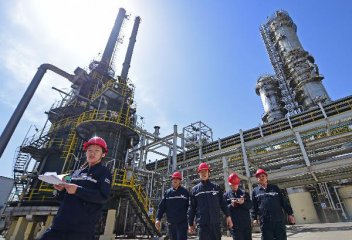
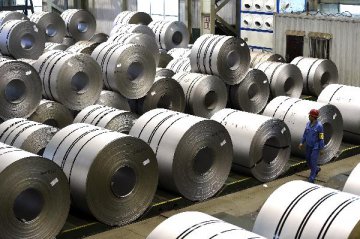
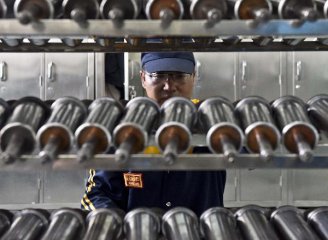
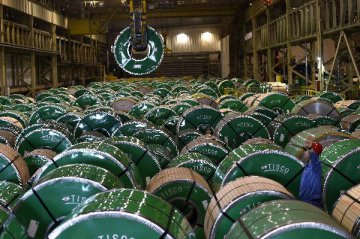
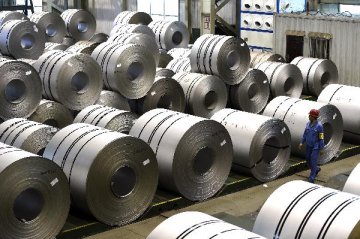
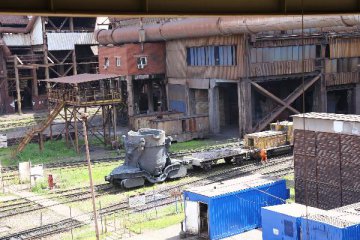


Latest comments